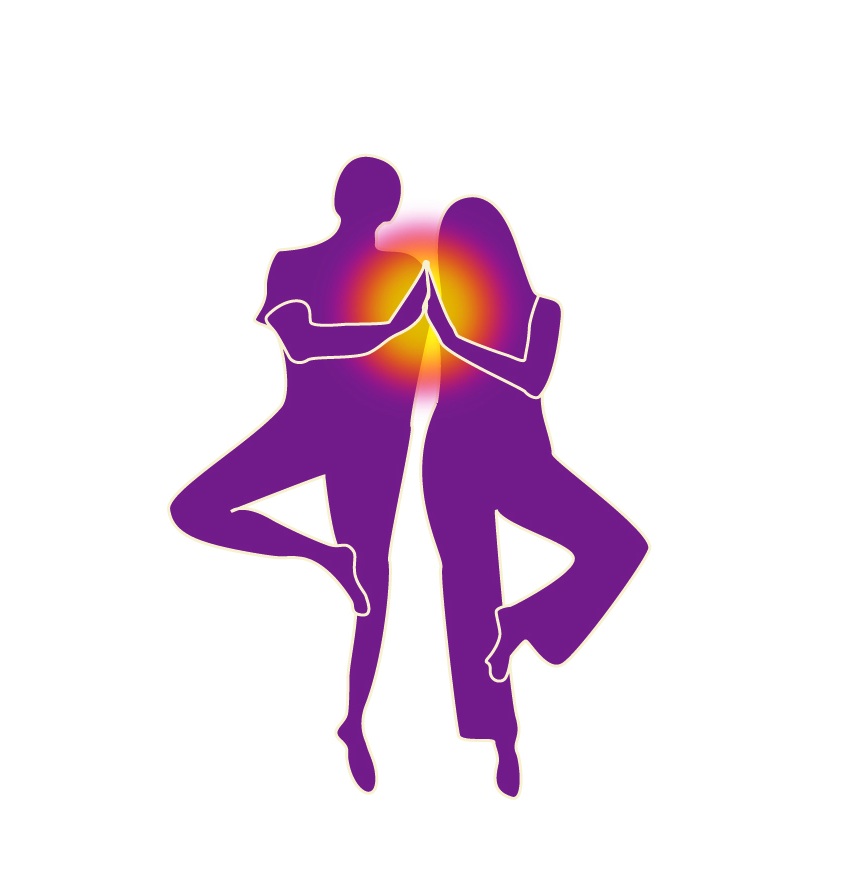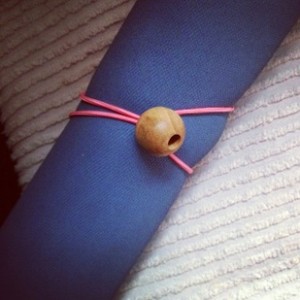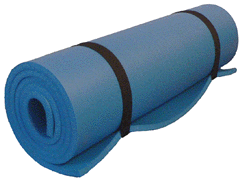Best Yoga Mats
Part 2 of 3
THICKNESS
If you are older or you have knee issues you might want a thicker mat. It will provide more cushion that you will need. If you have sensitive knees then when you are in the lunging poses, a thin mat will be your knee’s worst enemy. If you do have a thin mat you can always roll it up a bit under your knee or put a folded blanket underneath. The tradeoff is that thick mats can make it harder for you to feel a strong connection to the floor, making you more wobbly in tree pose. You can always stand off the mat in the balancing poses. For beginners, I often have them use a wall without a mat for extra support.
PORTABILITY
A standard mat is about 1/8 inch thick, while the thickest swell up to 1/4 inch. There are also wafer-thin mats, often billed as “travel mats,” that are a mere 1/16 inch thick. They fold easily and don’t weigh much, making them a cinch to fit in a suitcase. Consider how much room you have to stow your mat, how important portability is, and where your sweet spot is on comfort.
If you use public transport or walk to your yoga studio, you will probably want a lighter mat. I’d also recommend getting a mat bag as well if that is the case.
If you drive right up to the studio, then a heavier, thicker mat won’t bother you and there’s not much point to geting a mat bag. If you are on airplanes a lot and who wants to pay the extra $25 each way to check luggage, then get yourself a foldable travel yoga mat in the 1/16 inch range. I haven’t used them yet, but am always temped to buy the Yoga Paws so you just put on yoga gloves and slippers and don’t have to worry about carrying a mat. Has anyone out there tried them…what do you think?
TEXTURE/STICKINESS
The texture of your mat dictates how much traction it provides. Like stickiness, texture affects how much slipping and sliding you do. It provides physical barriers to sliding (whereas stickiness relies on suction). And because texture affects the way a mat feels, it’s also a component of overall comfort. If you’re a Princess and the Pea type, any bumpy texture will likely aggravate you in savasana. Texture is more important for those hot, sweaty classes where you are more likely to slip on a smooth surface that doesn’t give you any traction.
If you’re looking for a mat that prevents slipping and you’d like to avoid PVC mats (the traditional sticky mats), look for a rubber, jute or cotton mat that has a raised, tactile pattern. The added grip the raised texture provides can help you stay put no matter how sweaty or vigorous your practice gets. If you are new to yoga, take off your socks in the standing poses or you might slip. (I’m always surprised how often I have to tell this to my yoga students in class.)
If smoothness is of prime importance to you, a PVC mat is the way to go. And if you relish stickiness but are curious about the newer, more earth-friendly options, test drive a few before you buy. Some eco-friendly mats may surprise you with how much traction they provide even though they don’t have the traditional “sticky” feel.


